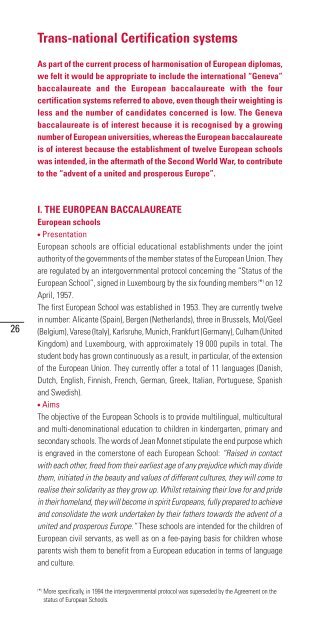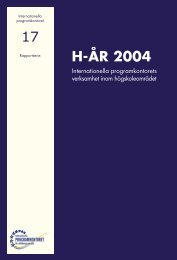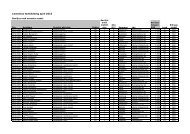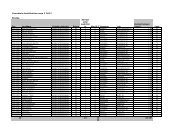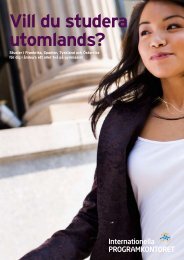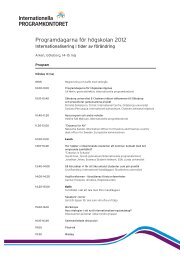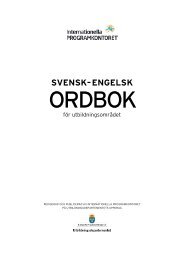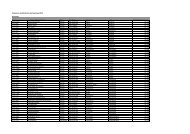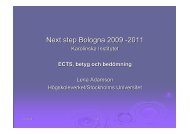Baccalauréat, A-levels, Abitur, Bachillerato
Baccalauréat, A-levels, Abitur, Bachillerato
Baccalauréat, A-levels, Abitur, Bachillerato
Create successful ePaper yourself
Turn your PDF publications into a flip-book with our unique Google optimized e-Paper software.
Trans-national Certification systems<br />
As part of the current process of harmonisation of European diplomas,<br />
we felt it would be appropriate to include the international “Geneva”<br />
baccalaureate and the European baccalaureate with the four<br />
certification systems referred to above, even though their weighting is<br />
less and the number of candidates concerned is low. The Geneva<br />
baccalaureate is of interest because it is recognised by a growing<br />
number of European universities, whereas the European baccalaureate<br />
is of interest because the establishment of twelve European schools<br />
was intended, in the aftermath of the Second World War, to contribute<br />
to the “advent of a united and prosperous Europe”.<br />
26<br />
I. THE EUROPEAN BACCALAUREATE<br />
European schools<br />
• Presentation<br />
European schools are official educational establishments under the joint<br />
authority of the governments of the member states of the European Union. They<br />
are regulated by an intergovernmental protocol concerning the “Status of the<br />
European School”, signed in Luxembourg by the six founding members ( * ) on 12<br />
April, 1957.<br />
The first European School was established in 1953. They are currently twelve<br />
in number: Alicante (Spain), Bergen (Netherlands), three in Brussels, Mol/Geel<br />
(Belgium), Varese (Italy), Karlsruhe, Munich, Frankfurt (Germany), Culham (United<br />
Kingdom) and Luxembourg, with approximately 19 000 pupils in total. The<br />
student body has grown continuously as a result, in particular, of the extension<br />
of the European Union. They currently offer a total of 11 languages (Danish,<br />
Dutch, English, Finnish, French, German, Greek, Italian, Portuguese, Spanish<br />
and Swedish).<br />
• Aims<br />
The objective of the European Schools is to provide multilingual, multicultural<br />
and multi-denominational education to children in kindergarten, primary and<br />
secondary schools. The words of Jean Monnet stipulate the end purpose which<br />
is engraved in the cornerstone of each European School: “Raised in contact<br />
with each other, freed from their earliest age of any prejudice which may divide<br />
them, initiated in the beauty and values of different cultures, they will come to<br />
realise their solidarity as they grow up. Whilst retaining their love for and pride<br />
in their homeland, they will become in spirit Europeans, fully prepared to achieve<br />
and consolidate the work undertaken by their fathers towards the advent of a<br />
united and prosperous Europe.” These schools are intended for the children of<br />
European civil servants, as well as on a fee-paying basis for children whose<br />
parents wish them to benefit from a European education in terms of language<br />
and culture.<br />
(<br />
* ) More specifically, in 1994 the intergovernmental protocol was superseded by the Agreement on the<br />
status of European Schools.


